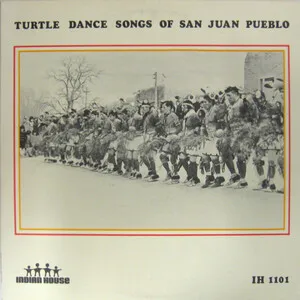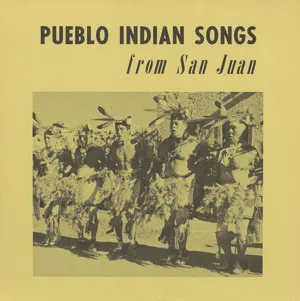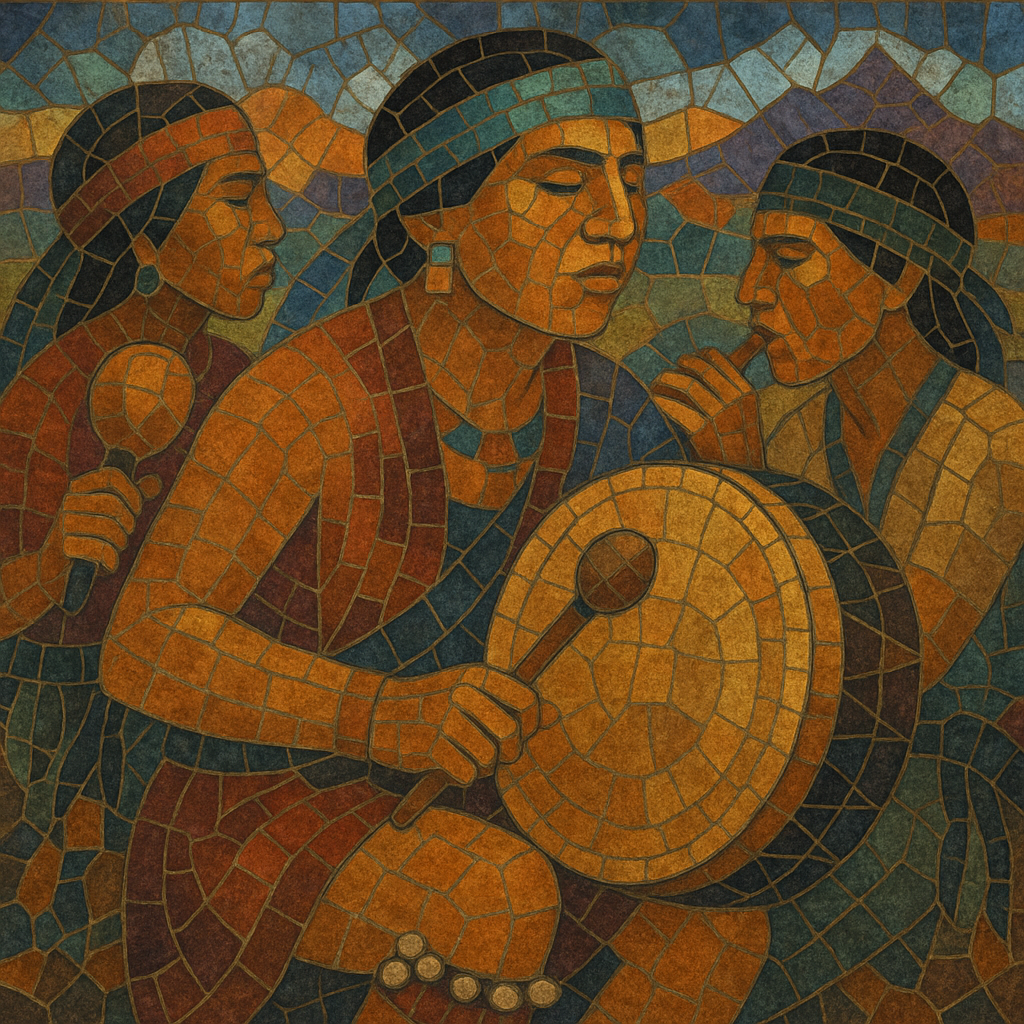
Pueblo music refers to the ceremonial, social, and seasonal song traditions of the Pueblo peoples of the American Southwest, including Hopi, Zuni, Keres, Tewa, Tiwa, and Towa communities.
It is characterized by group singing with antiphonal (leader–chorus) textures, steady drum pulses, extensive use of vocables, and limited pitch sets with terraced-descending melodic contours. Gourd and turtle-shell rattles, large skin drums, ankle/leg bells, and occasional flutes and whistles accompany dances tied to agricultural cycles, kachina/katcina ceremonies, and community rites.
Songs are inseparable from dance and ritual context, featuring long strophic forms, sectional repetitions, and rhythmic designs aligned to choreography. While resiliently pre-contact in core aesthetics and function, Pueblo music has adapted locally over centuries while preserving strict cultural protocols.
Pueblo music predates European contact by many centuries and is rooted in agricultural lifeways, communal governance, and a cyclical ceremonial calendar. Songs encoded knowledge about seasons, rain, planting, and social cohesion, and they were transmitted orally within kivas and family lineages.
After the 1500s, Spanish colonization introduced mission music and pressures toward cultural suppression. Despite this, Pueblo communities maintained ceremonial repertoires and protocols, often keeping sacred contexts private while allowing certain social dances to remain public. Instruments such as large skin drums, rattles, leg bells, and flutes continued to anchor practice.
From the late 19th to mid-20th centuries, ethnographers and recordists documented portions of Pueblo music (often outside sacred settings). While these materials increased outside awareness, communities retained sovereignty over sacred knowledge, and many songs remain unrecorded or restricted.
Today, Pueblo music remains a living tradition—performed in plazas and kivas according to seasonal and ceremonial cycles. Some public-facing ensembles share social-dance repertoires at cultural events, while sacred music remains protected. Select elements have influenced global listeners and new-age/"tribal ambient" aesthetics, yet Pueblo communities emphasize respect, permission, and cultural protocols.

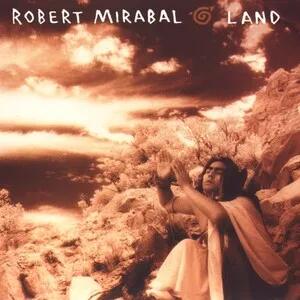
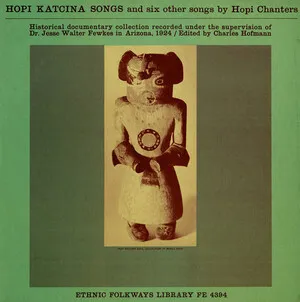
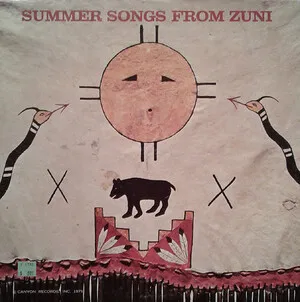
%2C%20Cover%20art.webp)
